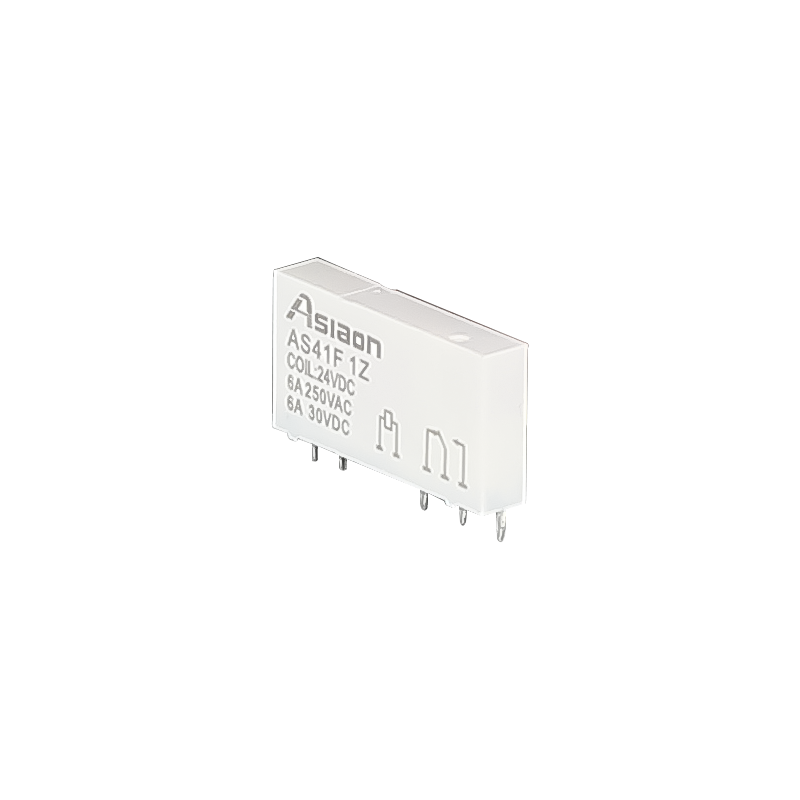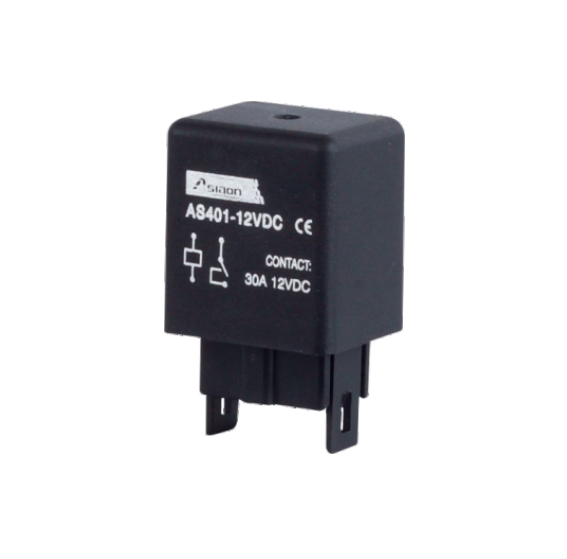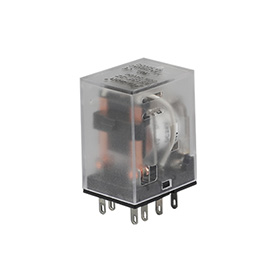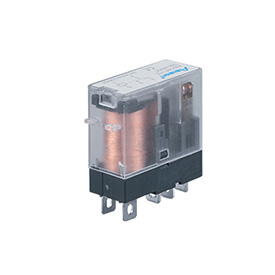Why Does the General Purpose Relay Shine in Industrial Applications?
In industrial automation, some components may seem unassuming but are vital. The General Purpose Relay is one such component. It quietly manages current flow and connects circuits, yet keeps a wide range of equipment—from household appliances to factory lines—running smoothly. Its ability to adapt and last makes it a go-to choice. Let’s explore what makes it so valuable.
Which Industries Rely Heavily on the General Purpose Relay?
Manufacturers of home appliances count on it to regulate motors in refrigerators and microwaves, ensuring consistent performance even during long-term use.
Small-scale workshops use it to sync machinery like drills and conveyors, reducing operational delays caused by uncoordinated equipment.
Renewable energy setups, such as solar panel systems, depend on it to manage power distribution safely, preventing overloads during peak energy production.
Medical equipment producers integrate it into devices like blood pressure monitors and small diagnostic tools, where precise current control is critical for accuracy.
Telecommunication facilities utilize it to stabilize power supply for signal transmitters, ensuring uninterrupted connectivity in remote areas.
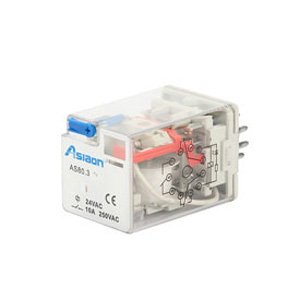
How Does the General Purpose Relay Benefit Budget-Conscious Businesses?
It cuts down on extra costs by working with existing circuits, eliminating the need for expensive upgrades or custom wiring for most standard setups.
Its long lifespan—often exceeding 100,000 operations—means fewer replacements, saving money over time for small and medium enterprises with tight maintenance budgets.
Low power consumption reduces energy bills, a significant advantage for facilities that operate multiple devices simultaneously, such as assembly plants.
What Makes the General Purpose Relay Easy for Engineers to Work With?
It fits into tight spaces, with compact designs measuring as little as 20mm in height, a boon for compact device designs common in modern electronics.
Simple installation processes, including plug-and-play options for standard models, reduce setup time, letting engineers focus on more complex system configurations.
Wide compatibility with both AC and DC circuits, ranging from 5V to 250V, minimizes the need for specialized adapters when working across different equipment types.
Can the General Purpose Relay Meet Strict Industry Standards?
Yes, it undergoes rigorous testing, including 5,000+ hours of continuous operation tests and resistance to temperatures from -40°C to 85°C, ensuring reliability in harsh environments.
Certifications like UL, CE, and RoHS make it suitable for international markets, easing export concerns for businesses targeting global clients.
Consistent performance tolerances—with contact resistance as low as 50mΩ—meet the strict quality requirements of precision-focused industries like aerospace and automotive manufacturing.
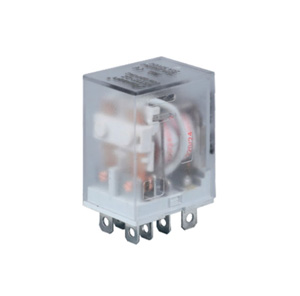
About Asiaon: A Trusted Source for General Purpose Relays
Behind reliable General Purpose Relays is Asiaon, a company with deep roots in the industry. Founded in 1989, this Zhejiang-based source factory has over 30 years of experience in relay production.
As a direct manufacturer, it offers ODM services and controls every step from design to production, ensuring quality at competitive prices. With products in 60+ countries and 100+ patents, it’s a trusted partner for consistent, durable relays.
Conclusion
The General Purpose Relay stands out for its versatility across industries, cost-effectiveness for budget-focused businesses, ease of use for engineers, and compliance with global standards. These traits make it an essential component for anyone looking to streamline operations and ensure equipment reliability. For a component that balances performance and practicality, the General Purpose Relay delivers on all fronts.
 中文
中文 Русский
Русский Español
Español